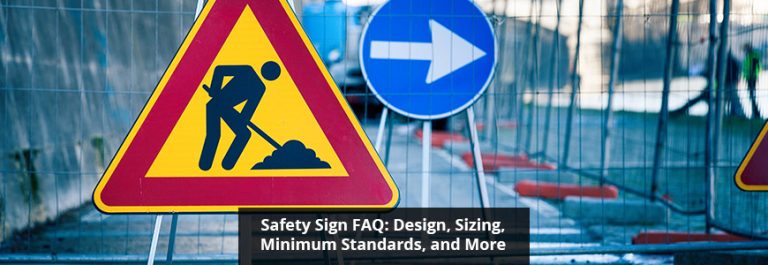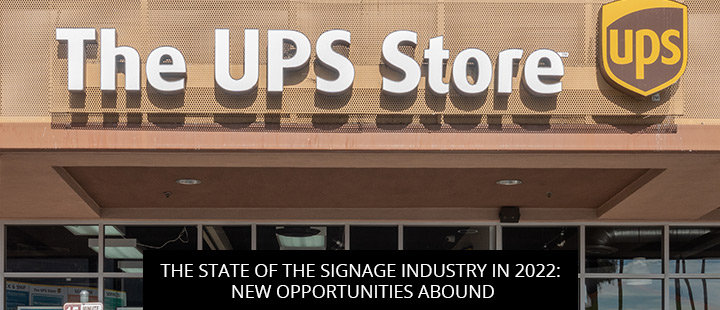The Occupational Safety and Health Act of 1970 (OSHAct) was passed as a way to prevent workers being seriously harmed or killed in the workplace. This law requires that business owners provide employees with “working conditions that are free of known dangers,” which includes informative safety signs.
In response, business owners did their part, mounting safety signs as needed. But as of 2013, things changed. The American National Standards Institute (ANSI) introduced new standards for safety signs, leaving some left wondering whether they were still fulfilling their legal obligations.
Today’s post is meant to help your business stay compliant and inform your next safety sign purchase. So read on to learn answers to some of the most frequently asked questions we get regarding our safety signage.
How do I know my business requires safety signs?
As a general rule, safety signs will be required in any setting where hazards or danger can’t be mitigate in other ways.
With that in mind, it might be worthwhile to explore some signage alternatives before you spend your sign budget here; treating your slippery sidewalks with salt might save you the trouble and allow you to redirect that money into some new advertising materials.
But, in cases where collective precautions won’t do the trick, it’s your duty to mount safety signs. When in doubt, get in touch with a member of our sign alliance.
Do I need to update my current business signs?
OSHA’s regulations were updated in 2013 to reflect those laid out by the American National Standards Institute (ANSI).
Though older signs are still valid and recognized, business owners are encouraged to start making the transition today.
Newer, ANSI-integrate signs are better for your business because:
- They provide more substantial information. For example, ANSI Z535 hazard signs describe the nature of the danger, the consequence of exposure, and how to avoid interacting with the hazard. In contrast, older signs were much more limited, often only alerting the reader that a hazard was nearby. Put another way, old signs emphasize the immediacy of the hazard, whereas new signs use a modern two-tier risk assessment methodology that factors in the severity and probability of exposure.
- ANSI sign standards are supported by research studying the most effective visual warning systems. Dated signs lack this level of sophistication and may be less impactful.
- New signs better accommodate multilingual sign boards and non-lingual imagery.
- New signs are guaranteed to meet legal criteria for adequate warnings, so they can protect clients from danger while simultaneously keeping business owners safe from liability issues.
Is text allowed on my safety sign?
Safety signs themselves should contain no text. This is done in order to avoid any situation where a language barrier may interfere with someone’s ability to understand the sign. Choose symbols or pictograms that can be understood universally. That said, you can use text on supplementary sign boards.
Do colors and shapes have specific meanings?
Yes. Failure to comply with the following established meanings could get your business targeted for noncompliance fees and liability issues:
- Red is for prohibition.
- Yellow indicates caution.
- Green recommends a specific action
- Blue makes specific action mandatory
- Discs highlight prohibition or instruction
- Triangles represent warning
- Squares and rectangles are used for emergency and informational signage
Where can I learn more about safety signs?
If you want to learn more, talk with an expert, or view full catalogues of compliant safety signs, visit https://www.signworld.org today.




